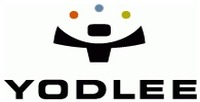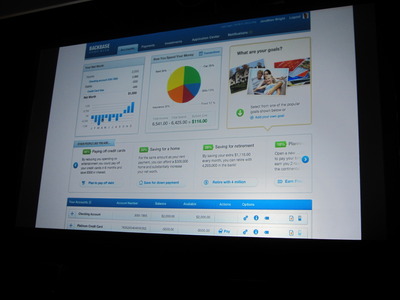“Because of the wealth of data we import from users’ brokerage accounts when they sign up for our portfolio service, we are in a unique position to offer specific and actionable advice.
- The entire product is powered by sync – you don’t have to enter data, we automatically analyze your historical behavior.
- If you own a bad mutual fund or ETF, and there’s a better one in the same category, we’ll recommend a switch.
- We analyze the fees your brokerages charge you — across dozens of categories — and simulate your behavior at other brokerages in our system to see how much money you could save money.
- We’ll automatically provide tax loss harvesting advice to help you optimize on taxes.
- If you have a financial advisor, we’ll automatically detect that and compare his or her performance to all others in our system and recommend a switch if warranted.
- We’ll analyze your behavior & style and recommend changes where warranted (such as too-frequent trading).”
Product Launched: October 2011






-thumb-200x72-3699.jpg)























